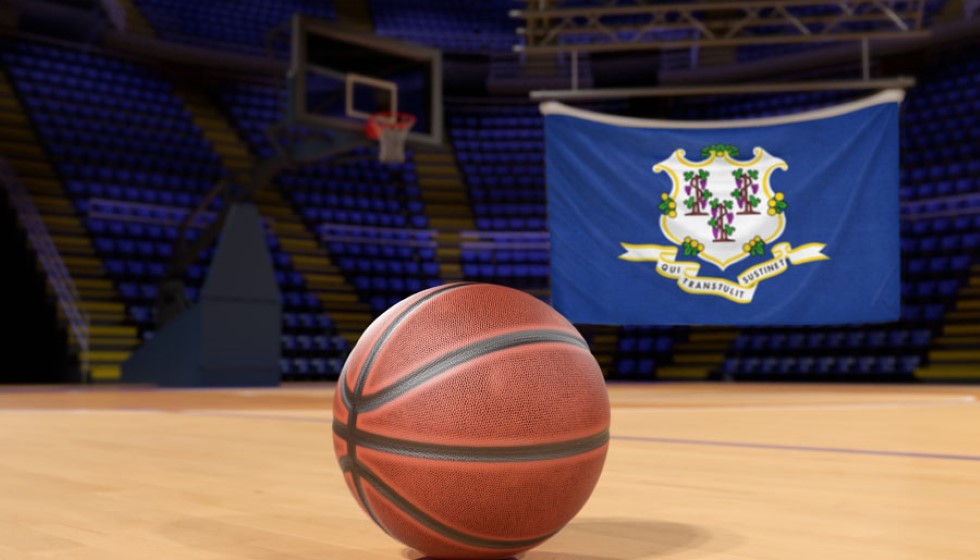
The New Orleans Pelicans appear steadfast in their commitment to star forward Brandon Ingram, dismissing any immediate plans for his departure. Despite heavy financial considerations, Ingram’s future with the franchise remains a focal point as the Pelicans navigate the complexities of the NBA’s collective bargaining agreement.
Financial Realities and Strategic Decisions
Entering the 2024-25 season, Ingram is expected to earn a substantial $36 million. As he also becomes eligible for a contract extension that could reach $208 million over four years, the Pelicans face significant financial deliberations. Current indications suggest the team is holding off on offering this lucrative extension for now.
The latest collective bargaining agreement adds layers to these decisions. The agreement restricts teams with a payroll exceeding the first apron of $178.1 million from taking back more salary than they send out in trades. Furthermore, teams surpassing the second apron of $188.9 million are prohibited from aggregating multiple player salaries in trades. These restrictions complicate potential roster moves, further emphasizing the need for strategic financial planning.
Exploring Trade Scenarios
Both the Pelicans and Ingram's representatives have reportedly entertained possible trade scenarios involving a max extension with other teams. This exploration signifies an openness to finding the best possible fit, although the Pelicans express a strong preference to retain Ingram.
David Griffin, Executive Vice President of Basketball Operations, succinctly encapsulated the sentiment: "I think from a relationship standpoint, we've been really clear we'd prefer Brandon stays with us and Brandon's been pretty clear he prefers to stay with us. At the same time, there is a financial reality to this... we’re committed to each other." Griffin’s comments highlight both the mutual desire for continuity and the inevitable financial hurdles that accompany such decisions.
Performance and Health Concerns
On the court, Ingram’s early tenure with the Pelicans showcased his sharpshooting prowess, with an impressive 42% success rate on 4.2 catch-and-shoot 3-pointers per game. However, his attempts have dwindled in subsequent seasons. This decline, combined with a hyperextended left knee injury late in the previous season, has raised some concerns regarding his consistency and durability.
Adding to the Pelicans' challenges, Zion Williamson suffered a season-ending injury during the play-in tournament. This setback placed additional pressure on Ingram, a circumstance Griffin acknowledged: "Brandon went from not playing to, 'OK, now you have to carry us.' It was a really bad situation for Brandon." This statement underscores the taxing predicament faced by Ingram, accentuating the broader team struggles.
Roster Changes and Frontcourt Restructuring
Recent transactions have left an indelible mark on the Pelicans' roster composition. The acquisition of Dejounte Murray through a trade with the Atlanta Hawks was a notable move, reflecting the team’s ambition to bolster its backcourt. Conversely, releasing Jonas Valanciunas and losing Larry Nance Jr. in the Murray trade has prompted the Pelicans to search for frontcourt reinforcements.
To address these gaps, the team is counting on contributions from a combination of Daniel Theis, rookie Yves Missi, and Jeremiah Robinson-Earl. This new frontcourt strategy reflects an adaptive approach, blending youthful potential with experienced presence.
Market Realities and Team Philosophy
Griffin articulated the broader economic and competitive challenges faced by the Pelicans. "In some markets, you don't have to make any decisions: You get a max, and you get a max, and you get a max, and you hoard talent. We're not that market." This sentiment reflects a pragmatic recognition of the financial landscape, particularly for smaller-market teams like New Orleans.
Furthermore, Griffin elaborated on the intricacies of managing star-level salaries: "When you don't have to pay them, you want all of them. And then when you actually have to hand them $50 million a year, mechanically, it gets complicated."
Despite these challenges, optimism remains a cornerstone of the Pelicans' philosophy. Griffin expressed a measured confidence in the team's direction: "So we gotta make choices, right?... we’re going to have to do this in a really unique way. And I think we’re pretty committed to playing small." This statement hints at strategic adjustments, potentially leveraging lineup versatility and emphasizing speed over size.
While some critics may point to perceived deficiencies in the roster, Griffin remains unwavering: "I understand that everybody looks at the situation and goes, 'They’re missing this, they’re missing that,' but we also have a lot of strengths that we want to lean into." His words highlight a balanced perspective, one that emphasizes building on existing strengths while methodically addressing weaknesses.
The narrative surrounding Brandon Ingram and the New Orleans Pelicans is one intertwined with financial pragmatism, strategic foresight, and an enduring commitment to mutual success. How this saga unfolds will undoubtedly be a focal point for the forthcoming seasons.